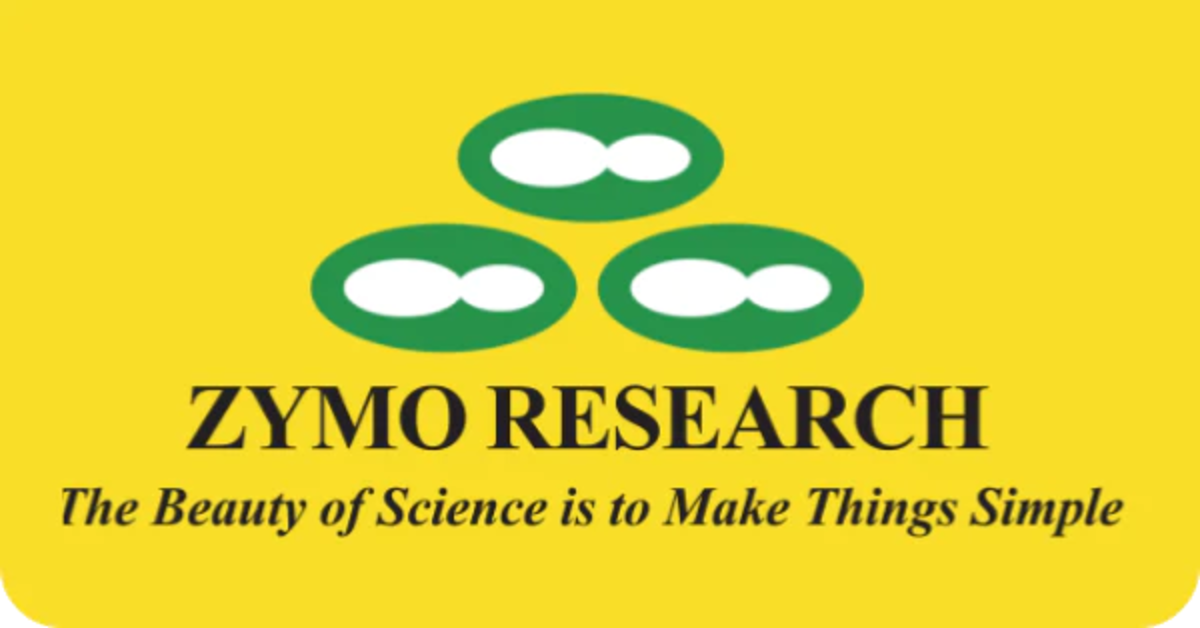What is genomic DNA?
Genomic DNA, or gDNA, is the complete set of genetic information for a given organism. It encodes essential instructions for cell function and is passed from one cell to its daughter cells. Genomic DNA contains regions that encode specific RNA or proteins (genes or exons) and non-coding regions known as introns.
Generally, gDNA is large and is organised into DNA–protein complexes called chromosomes. Chromosomes vary in size and shape between organisms. For example, bacteria usually have a single circular chromosome, whereas human genomic DNA is arranged in multiple linear chromosomes.
Genomic DNA purification and extraction are standard procedures for studying biological processes at the genetic level.
Genomic DNA purification
Genomic DNA contains valuable information for researchers, making its purification and extraction among the most common laboratory procedures in life science research. The aim is to separate DNA from proteins, RNA, membranes, and other cellular components for downstream analysis.
Once purified, researchers can use genomic DNA in a wide range of applications, from detecting genetic mutations in humans to genetic engineering in plants and microorganisms. Regardless of the application, high-quality DNA is essential for reliable results. Below are key tips to improve your genomic DNA purification workflow.
How to get more from your genomic DNA purification protocol
1. Adjust the sample amount
Each sample type varies in DNA content. Some, such as muscle tissue, have low DNA levels, while others, such as nucleated blood, are rich in DNA. Following the protocol’s guidelines for sample quantity is critical, because too much material can reduce lysis efficiency and clog purification columns, while too little can lead to poor DNA recovery.
2. Match lysis conditions to sample type
The first step in genomic DNA purification is to lyse cells and release their contents. Incomplete lysis reduces yield and purity by trapping DNA inside cells and leaving excess debris. Lysis conditions should be adapted to your sample type:
Cells and biological fluids: Often require only a brief proteinase K digestion at 55 °C. The Quick-DNA Plus Kits contain an optimised proteinase K and lysis buffer for rapid purification from these sources.
Tissue: Requires more intensive lysis. Cutting samples into smaller pieces increases surface area and speeds digestion.
Bacteria and fungi: Have tough cell walls. Combining physical disruption, such as ceramic beads, with chemical or enzymatic methods improves yield and purity.
Plants and seeds: Thick plant cell walls require grinding or bead-beating before lysis.
Environmental samples: Often contain PCR inhibitors, such as humic acids, that must be removed. Kits with PCR inhibitor removal technology improve downstream success.
3. Work at a steady pace
Genomic DNA purification benefits from careful handling at every step, from washes to column transfers, to maintain yield and purity.
4. Keep eluates pure
Salts essential for DNA binding can reduce purity if carried over. To minimise contamination:
Use correct centrifugation speeds.
Wash thoroughly with ethanol buffers.
Avoid letting buffers contact the column tip or cap.
Use fresh collection tubes for each wash if needed.
Prevent elution buffer from contacting areas other than the column matrix.
For samples rich in PCR inhibitors, consider adding a OneStep PCR Inhibitor Removal Kit.
5. Maximise recovery during elution
Decide whether yield or concentration is more important. Larger elution volumes recover more DNA, while smaller volumes yield more concentrated samples. Heating the elution buffer to 55 °C can increase recovery.
Pro tip: Reload the eluate onto the column, incubate for 5 minutes, and spin again. This can potentially increase yield by up to 5 %.
Choosing the best genomic DNA purification kits
Genomic DNA purification is not one-size-fits-all. Zymo Research offers kits for a wide range of sample types and formats, including Microprep, Miniprep, 96-well, and Magnetic Bead. The table below summarises recommended kits:
| Sample type | Recommended kit |
|---|---|
| Cells, tissue, blood, and biological fluids | Quick-DNA Kits |
| Feces and soil | Quick-DNA Fecal/Soil Microbe Kits |
| Microbial cultures | Quick-DNA Fungal/Bacterial Kits |
| Plant and seed samples | Quick-DNA Plant/Seed Kits |
| Urine | Quick-DNA Urine Kit |
| Tissue sections | Pinpoint Slide DNA Isolation System |
| FFPE samples | Quick-DNA FFPE Miniprep |
| cfDNA from serum, plasma, CSF, amniotic fluid | Quick-cfDNA Serum & Plasma Kit |
| Insects (mosquitos, bees, drosophila, ticks, etc.) | Quick-DNA Tissue/Insect Kits |
| Feces, soil, biofilm, water, biological fluids for microbiome/metagenome analysis | ZymoBIOMICS DNA Kits |
| Guthrie, FTA, and other storage papers | Quick-DNA Miniprep Plus Kit |
| Hair and feather samples | Quick-DNA Miniprep Plus Kit |
Genomic DNA purification: key takeaways
High-quality DNA can be recovered from many sample types by:
Using the correct sample amount
Ensuring complete lysis
Working methodically
Optimising elution conditions
Genomic DNA purification can be challenging, but with these tips and the right kits, researchers can achieve reliable and reproducible results.
This article is based on an original post by Zymo Research. You can read the original here.
Featured supplier

Zymo Research
Zymo Research is a leader in molecular biology, offering a comprehensive range of products for DNA, RNA, and epigenetics research. Established in California in 1994, the company is renowned for its high-quality nucleic acid purification technologies, including kits and reagents for DNA and RNA clean-up, isolation, and sequencing. Zymo is also a pioneer in epigenetics, with products for DNA methylation analysis, chromatin analysis, and NGS library preparation. Each product is designed to be simple to use, reliable, and available at competitive prices, making them ideal for both academic and biopharmaceutical research.
